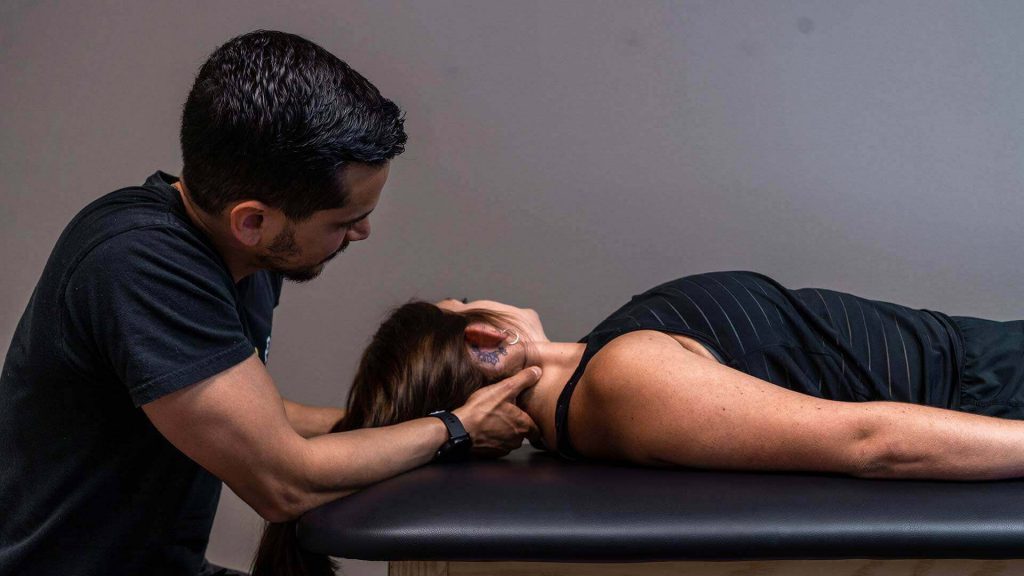Managing Anxiety and EDS
Managing anxiety and Ehlers-Danlos Syndrome (EDS) often entails navigating a complex mix of physical and emotional challenges. EDS, a group of genetic connective tissue disorders, can cause joint hypermobility, skin fragility, and various other symptoms that contribute to chronic pain and physical limitations. The chronic pain and fatigue associated with EDS can trigger a heightened […]
Managing Anxiety and EDS Read More »

